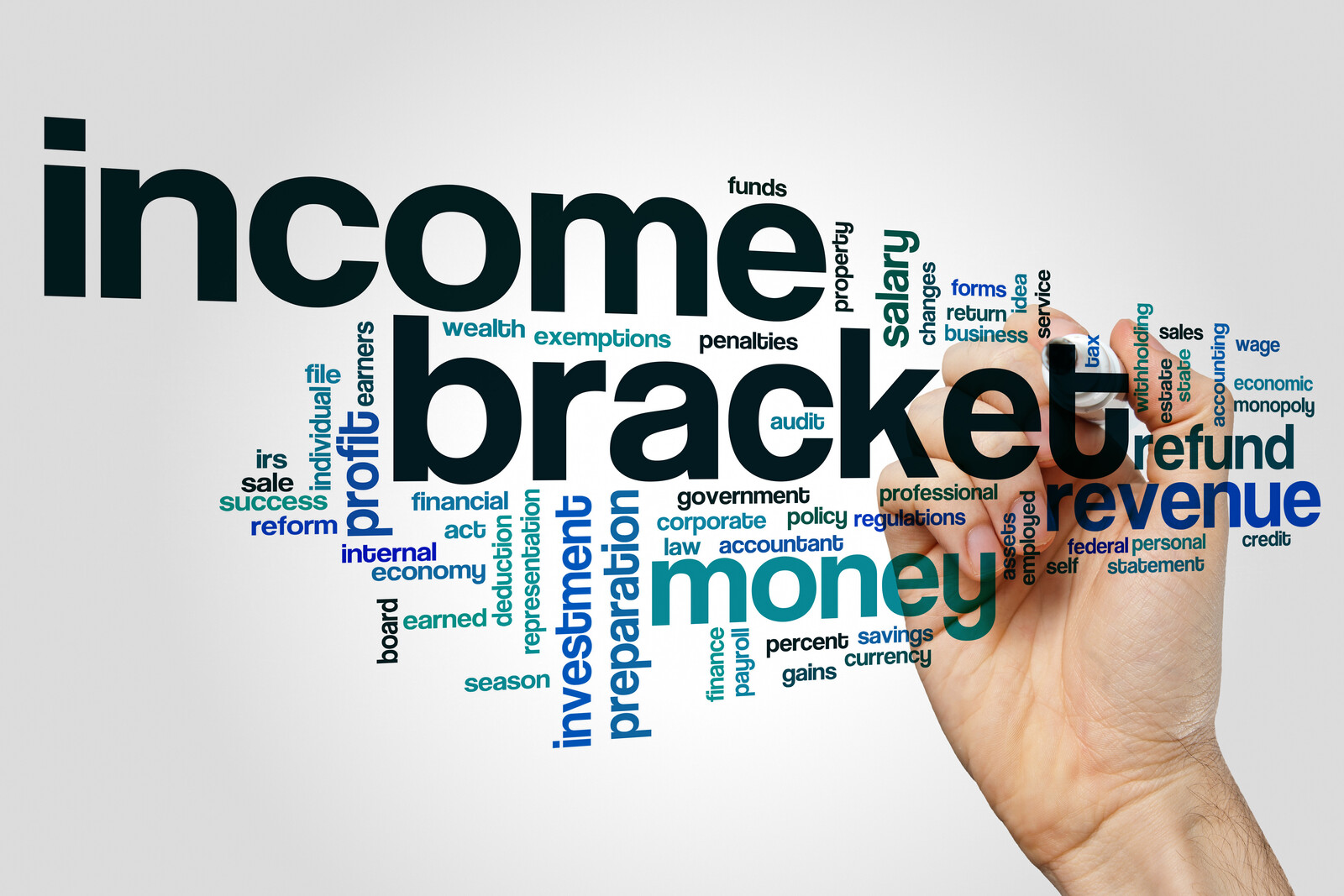If you live or work in the state of New York, you should at least be aware that new tax bracket break-downs have been implemented. But are you fully aware of what those new tax bracket break-downs mean for you? Here is a basic review of the new tax brackets and how they may impact you. A consultation with the professionals at Melanin Tax Solutions can provide a more in-depth understanding of the changes and their impact on you personally.
When & Why Did the Tax Brackets Change?
As part of a budget bill, the new tax changes were passed into law on April 19, 2021. The budget bill provided for an additional $212 billion in state spending. The new tax brackets, as laid out in that budget bill, were made retroactive to the beginning of the 2021 tax year. The rates will return to the previous brackets, beginning with the 2028 tax year, unless additional legislation is passed
What Were the Changes?
The new legislation changed the tax brackets by establishing new marginal income tax rates for individuals. The highest income tax bracket prior to the new legislation was 8.82% for joint tax filers with an income of more than $2,155,350. That same income for joint filers is now taxed at 9.65%.
New York has a progressive schedule for income taxes, which means that typically the more you make, the more you pay. This remains true with the recent tax bracket changes, as shown in the table below.
New York state income tax rates
|
Tax rate |
Single or married filing separately |
Head of household |
Married filing jointly or qualified widow(er) |
|---|---|---|---|
|
4% |
$0–$8,500 |
$0–$12,800 |
$0–$17,150 |
|
4.5% |
$8,501–$11,700 |
$12,801–$17,650 |
$17,151–$23,600 |
|
5.25% |
$11,701–$13,900 |
$17,651–$20,900 |
$23,601–$27,900 |
|
5.9% |
$13,901–$21,400 |
$20,901–$32,200 |
$27,901–$43,000 |
|
6.09% |
$21,401–$80,650 |
$32,201–$107,650 |
$43,001–$161,550 |
|
6.41% |
$80,651–215,400 |
$107,651–$269,300 |
$161,551–$323,200 |
|
6.85% |
$215,401–$1,077,550 |
$269,301–$1,616,450 |
$323,201–$2,155,350 |
|
9.65% |
$1,077,551 – $5,000,000 |
$1,616,451 -$5,000,000 |
$2,155,351 – $5,000,000 |
|
10.3% |
$5,000,000 -$25,000,000 |
$5,000,000 -$25,000,000 |
$5,000,000 -$25,000,000 |
|
10.9% |
$25,000,000 and more |
$25,000,000 and more |
$25,000,000 and more |
What Other Taxes Can I Expect To Pay?
In addition to income taxes, New York residents can expect to pay property taxes and estate taxes. Both residents of and visitors to New York can expect to pay sales tax and to be impacted by taxes on specific products like cigarettes, alcohol, fuel, etc. A non-resident of New York who owns property in the state will also be required to pay property taxes and estate taxes.
The state sales-and-use tax is a flat 4%, but the different counties, school districts, cities, etc may also have additional taxes added to the state rate.
Property taxes are not assessed by the state, but rather by the different municipalities, districts, counties, etc.
Other Taxes That May Affect Individuals Indirectly
Some of the taxes mentioned above, although paid by the distributors or shop owners, will also impact individuals through price increases. Taxes on alcohol, cigarettes, and fuel are paid by the distributors and are passed along to shop owners through the prices they have to pay for purchasing these products that are then sold to individual consumers. Those price increases are then passed along to individuals through additional price increases so the vendor can make a profit from the sale.
To give you an idea of why prices are so high on these goods and services, here is a brief summary of taxes levied on them.
Taxes on alcohol: The distributor pays different tax amounts on different alcoholic beverages: 14 cents per gallon on beer and 30 cents per gallon on wine. However, there is an additional tax on beverages containing more than 24 percent alcohol per volume.
Taxes on cigarettes and other forms of tobacco: Distributors pay an excise tax of $4.35 per package of cigarettes (20 cigarettes per package). New York City adds an additional $1.50 per package.
Taxes on fuel: The distributor pays a tax of 17.4 cents per gallon of fuel (for automobiles). In addition to the regular motor fuel tax, there is also a 50 cent tax on any taxi fare within New York City or that begins in New York City and ends in any of several surrounding counties.
Summary
With the recent changes to the New York tax brackets, it is important that anyone living, working, or owning property in the state educate themselves on the specifics of those changes and how they may individually be impacted.
Because New York has a progressive schedule for income taxes, those bringing in higher income amounts will typically be required to pay more in taxes. However, a consultation with professionals like those at Melanin Tax Solutions can help you identify deductions and advanced planning strategies that can lessen the amount you are required to pay.
Additional taxes levied on specific goods and services, though paid by distributors or other vendors, also get passed along to consumers through price hikes. These price hikes, in addition to the recent changes to the New York income tax brackets, can create substantial financial burdens for New York residents as well as those who are not residents but own property in New York.
The new tax brackets are set for the tax year 2021 through the tax year 2028, so getting sound financial advice now, especially for those in the higher income brackets, is essential. Contact Melanin Tax Solutions today so our experts can help you navigate the new tax law and build a solid financial foundation for you and your family.

